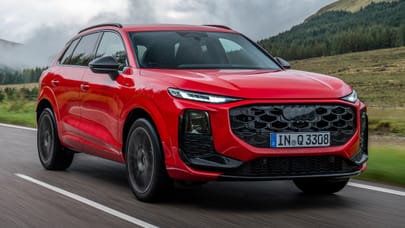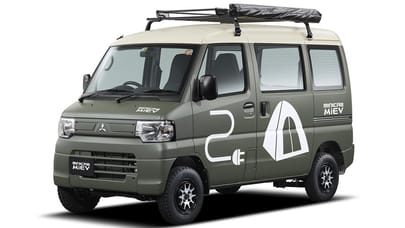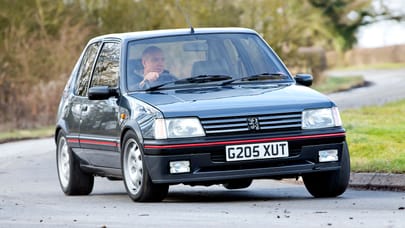
What's a Willys Jeep like to drive?
As Jeep launches a Willys-homage Wrangler, we drive a 1944, military-spec original


Jeep has this week revealed a special edition Wrangler. One which has been chopped and wrapped to resemble the Willys, the wee 4x4 that kicked off the whole Jeep thing 75 years ago.
It’s divided office opinion, some liking it, others suggesting it’s a half-baked tribute. But there can be no arguments over the original, a car which played its part in fighting the good fight of World War II.
And TG’s driven one. This isn’t just the beginning of Jeep, but the beginning of the purpose-built off-road vehicle full stop. Click on to find out what it's actually like.
Advertisement - Page continues below
First, some quick history. In need of some small but tough battlefield machinery in World War II, the US Army laid out a pretty tricky set of criteria and invited companies to offer their ideas. Criteria such as strict maximum dimensions and a kerb weight lower than 590kg, yet load capacity of at least 272kg. A company called Willys-Overland was among those interested.

The resulting Willys Quad actually weighed a bit too much, but then so did rival offerings from Ford and Bantam. The army upped the weight limit, commissioned 1,500 of each, before Willys was selected as the primary supplier.
Advertisement - Page continues below
What followed were the Willys MA and MB, the latter pictured here, weighing more than a ton. In total, 368,000 were produced, all of them painted ‘olive-drab’. It’s known for helping win the war, after heading out on reconnaissance missions ahead of the tanks. Along the way it picked up the nickname ‘Jeep’, for reasons the internet can’t quite agree on, a tag Willys-Overland trademarked and which swiftly became the overall brand name.

But you probably want to know what it’s like to actually use. Driving a car made in 1944, like this example, is always going to present a learning curve. And so it goes as I graunch my way from first to second gear, the Willys using a three-speed manual whose H-pattern puts reverse at the top left, and first bottom left, in a dog-leg position.

Shifting between the first two gears – and you do need to drop down to first in a lot of corners, such is the gearing – requires some very delicate coordination of hands and feet to avoid some deeply disturbing noises. But given this car has survived seven decades and military service, I imagine its transmission is probably strong enough to withstand my cackhandedness.

It’s an entirely raw thing to drive, with suspension that’s unyieldingly hard and, roof up, an open-sided cabin that’s essentially a wind tunnel. You've also got to be mindful about not falling out. The incredibly thin steering wheel is also absurdly large and requires a considerable amount of twirling. Anyone who’s driven a van, or indeed, a Land Rover Defender, will find familiarity here.
Advertisement - Page continues below
And a driving experience so antiquated is only ever going to be laugh-out loud amusing, however worthy its roots. With around 55bhp from its four-cylinder engine, the Willys is certainly not fast, but then the army only demanded it run to 50mph. Getting up to that sort of speed is a visceral and exciting experience in comparison to the drama-free effortlessness of modern cars.

And it’s still pretty handy off road, too, its four-wheel-drive system and small dimensions allowing it to scrabble around behind modern Wranglers all day. The car which kick-started our office conversation is one with much to thank the Willys for: once the war had mercifully ended, Jeep spotted an opportunity and created civilian versions of its military hero. Over time, these have evolved into what we now know as the Wrangler.
In fact, every SUV on sale – right down to an Evoque Convertible – follows the trail first blazed by the Willys. It’s an important car, but it’s fantastic to report it’s also a joyous one.
Advertisement - Page continues below
Trending this week
- Car Review
Alpine A390







